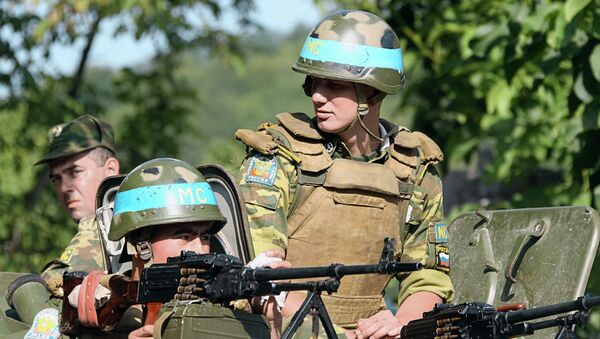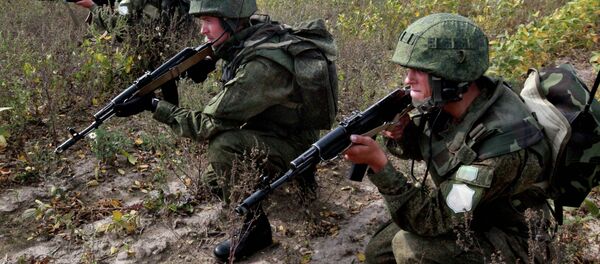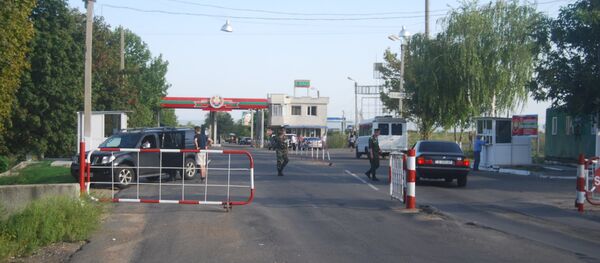Kiev is coordinating its actions with Chisinau, the capital of Moldova, and now Russian peacekeepers can neither drive nor fly to their duty station.
Transnistria is internationally recognized as part of the Republic of Moldova, but is a de-facto independent state. The region declared its independence from Moldova after the War of Transnistria in 1990-1992, which ended with a ceasefire on July 21, 1992.
The main objective of Russian peacekeepers residing in Transnistria is the maintenance of peace, as well as protection of weapons and security on the territory of the region. The area controlled by the peacekeepers has had no incidents since the 1992 ceasefire agreement.
Of the roughly 1,500 Russian troops stationed in Moldova, about 1,000 are in the Operational Group of Russian Forces in Moldova, which Moldova does not support; the rest are peacekeepers regulated by the Joint Control Commission, which includes representatives of Moldova, Transnistria, and Russia.
Though small, the Russian peacekeeping contingent is a potent deterrent guaranteeing the security of the Transnistrian republic, because any outside attack on it would be interpreted as an attack on Russia itself.
Ukraine started to mobilize troops and heavy weaponry on the border with Transnistria on the pretext that the region might launch a military campaign against Ukraine. Now the self-proclaimed independent republic is sandwiched between Ukraine and Moldova.
"The situation here is very bad… Economic production is going down, foreign trade is shrinking, the security situation is equally alarming with our Moldovan partners holding military drills with NATO and the Ukrainian pressure mounting every day," said Vitaly Ignatyev, the deputy foreign minister of Transnistria.
Earlier, the newly appointed governor of Ukraine's Odessa region Mikheil Saakashvili announced plans to reinforce Ukraine's border with Transnistria.




